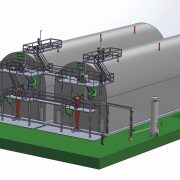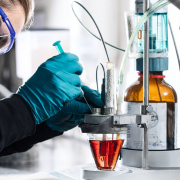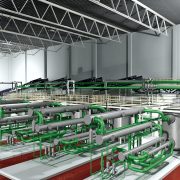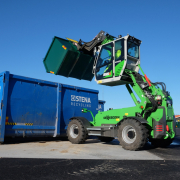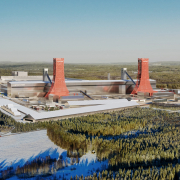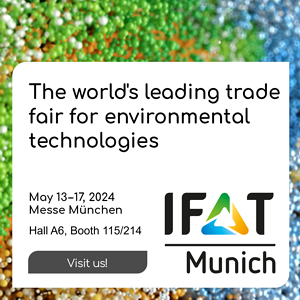Straw Gives More Biogas
Researchers at the University of Borås have investigated the possibility to use straw products in the production of biogas.
For two years, Ilona Sárvári Horváth, associate professor at the University of Borås, together with other researchers from RISE and Sweden’s agricultural university (SLU) in Uppsala have investigated how straw can be used in the production of biogas. Using this material in the biogas process is something that several actors have asked for: politicians, straw manufacturers as well as farmers.
According to Ilona Sárvári Horváth, straw as a substrate for biogas production can provide better profitability, both in the biogas sector and in agriculture. It “works best in a co-digestion process, as it has high carbon content but low levels of trace elements, which inhibits degradation,“ the Swedish university reported. “In a co-digestion process, different materials are fed together into the chamber, and since different materials often have different compositions and structures, better nutritional balance may be achieved for the microorganisms that ‘work’ together in the biogas reactor.” Among other things, the researchers have conducted anaerobic digestion experiments in labs for one year, both at the University of Borås and at RISE in Uppsala. “In the experiments, we have added straw to food waste in different proportions. At the university we investigated pellets and in Uppsala we investigated briquettes in a similar way. The results show that the biogas production gets better because straw has a higher dry matter content, which means that you can feed more material into the reactor that produces the gas. This makes you yield more gas per volume and time unit,” Ilona Sárvári Horváth said.
The project ended in August 2017 and was part of the Biogas2020 project, which includes approximately 30 actors from the academia, companies and municipalities from Sweden, Norway and Denmark, with the purpose of building a Scandinavian biogas platform.
The research on straw to biogas was partly financed by Biogas2020 and partly by the Swedish Energy Agency.
Photo: pixabay
GR 32017


